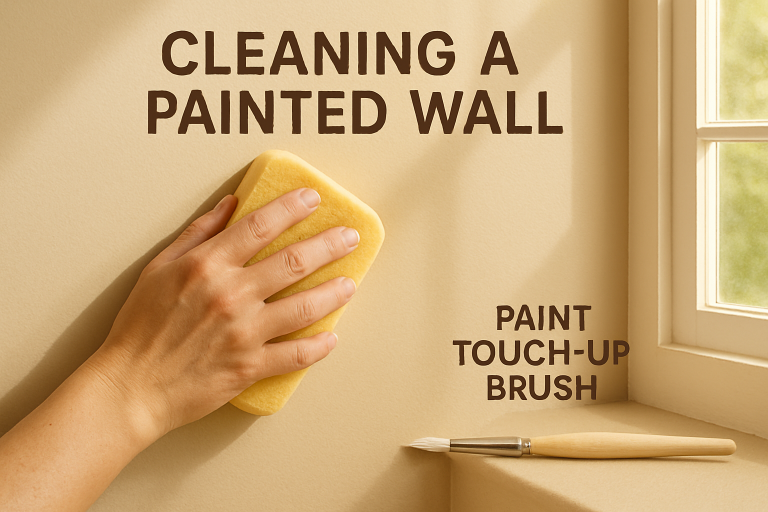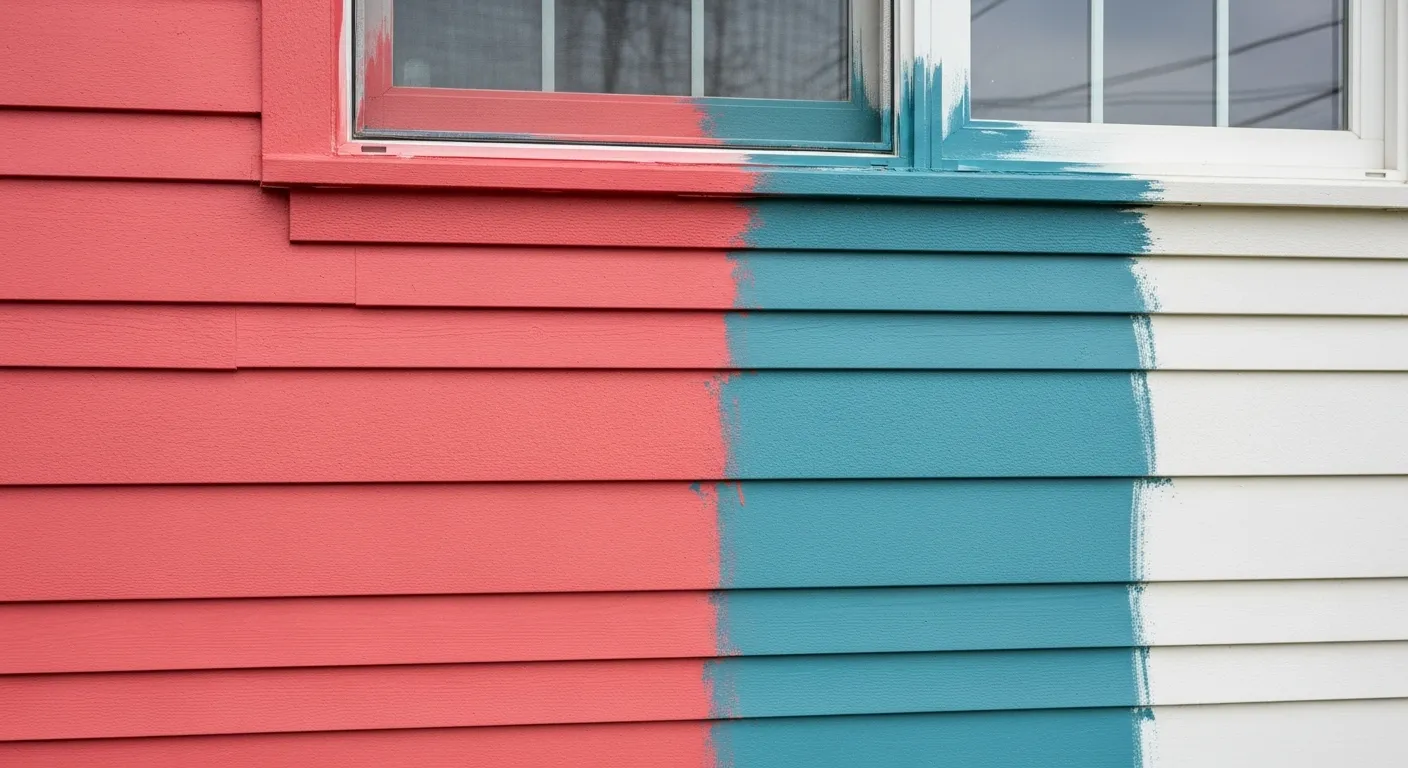Table of Contents
Key Takeaways
- Regular maintenance preserves the appearance and protective function of painted surfaces, extending their lifespan.
- Common threats include moisture, UV exposure, daily contact, and seasonal temperature changes.
- Routine inspections, gentle cleaning, and prompt touch-ups prevent minor issues from becoming costly repairs.
- Protective products, like sealers and water-repellent coatings, enhance durability in high-traffic or exterior areas.
- Timely repainting based on visible wear ensures surfaces remain attractive and structurally protected.
Keeping your painted surfaces in excellent condition is a matter of aesthetics and vital for protecting the underlying structures of your home or business. Adopting proper maintenance habits makes all the difference, whether you’ve just finished a fresh paint job or want to preserve finishes completed years ago. When considering a refresh or undertaking a new project, entrusting a professional home painting service can help ensure the work lasts as long as possible.
Many property owners are surprised to learn that basic paint care routines can prevent damage from moisture, sun exposure, and daily wear—and save money by delaying costly repairs. Understanding what threats your walls and trim face, plus establishing simple cleaning and repair routines, will keep your investment looking its best year after year.
Why Proper Paint Maintenance Matters
- Extends the life of your painted surfaces
- Keeps your home or business looking its best
- Prevents costly repairs down the road
Paint is a crucial barrier against humidity, dirt, and everyday impact. Neglecting maintenance can quickly lead to issues such as chipping, peeling, and fading, which diminish your property’s appearance and expose it to underlying damage. According to Better Homes & Gardens, staying on top of paint maintenance extends the life and beauty of exterior and interior surfaces.
Identifying Common Threats to Painted Surfaces
Every day life exposes painted surfaces to a host of potential threats. The most common culprits include repeated contact (like touching or brushing against walls), moisture intrusion from accidents or leaks, and relentless ultraviolet rays from the sun. These factors conspire over time to break down paint’s protective quality. For example, moisture can seep beneath paint layers, causing bubbling and peeling. Consistent UV exposure leads to fading and chalkiness—especially for darker shades.

Routine Inspection and Cleaning Methods
- Inspect Regularly: Walk through your property at least twice a year. Check painted surfaces for cracks, flaking, blistering, or unusual stains. Early detection is key to simpler repairs.
- Gentle Cleaning: Dust and grime can degrade paint finishes. Wash walls and trim with a soft sponge and a mild soap solution. Refrain from abrasive scrubbers or harsh chemicals, which can remove paint prematurely.
- Prompt Repairs: Address chips, cracks, and flaws immediately. Small touch-ups now can prevent patches of peeling or water infiltration later.
How the Seasons Affect Painted Surfaces
Changes in season bring varying conditions that pose different threats to your paintwork. Intense sunlight during the summer can bleach colors and leave finishes dull. During fall and winter, temperature swings and wet conditions may foster mildew growth and cause caulk to lose effectiveness. Protect your space by inspecting caulking and sealants every spring and fall and replacing or repairing them as needed.
Best Practices for Touch-Ups
- Clean the area thoroughly before applying any touch-up paint and let it dry completely.
- Use leftover paint from the original job for a seamless color and finish match whenever possible.
- Apply new paint in thin coats, feathering the edges outward so the repair blends into the existing area and avoids noticeable overlap.
Properly executing touch-ups preserves the visual harmony of your space and extends the life of existing paint, delaying the need for full-scale repainting.
Also Read: iBOMMA ONE: Free Telugu Movies in HD – Watch & Download Now
When to Repaint: Key Signs to Watch
Eventually, even the best-maintained paint will require a refresh. Premature repainting is costly, but missing clear signs of deterioration risks structural issues. Look out for persistent peeling, loss of color vibrancy, or stubborn scuffs that resist cleaning. In most climates, exterior paint lasts between 5 and 10 years, while interior walls in low-traffic spaces may go longer. Hallways, kitchens, and bathrooms with high usage or humidity will need attention sooner. Periodic assessments ensure timely intervention.
Protective Products That Boost Paint Longevity
For maximum durability, consider adding an extra layer of defense beyond your base paint. Clear sealers and water-repellent coatings are excellent for high-traffic areas, exterior doors, and trim that get frequent contact. These products create a barrier against stains, water, and minor abrasions, drastically simplifying future cleaning efforts and further extending the lifespan of the paint beneath.
Final Thoughts: Staying Ahead of Maintenance
Consistent yet simple maintenance pays off significantly over time. By implementing regular inspections, gentle cleanings, and timely repairs, painted surfaces can look as good as new for years to come. Building these tasks into your seasonal routines transforms what could be an overwhelming challenge into a manageable and rewarding aspect of property care.

